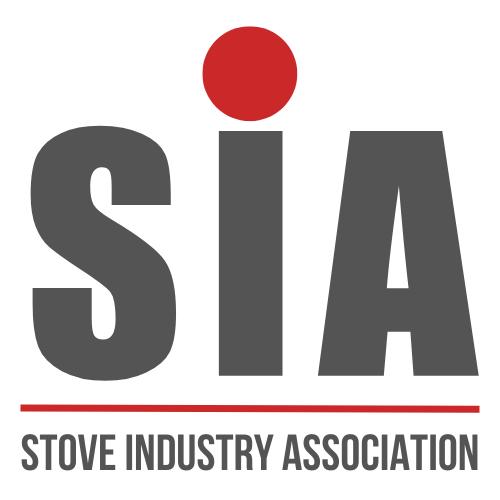I’ve heard wood burning stoves might be banned?
There are no proposals to ban wood burning stoves, despite what some media headlines may have portrayed. The Ecodesign Regulation for solid fuel space heating appliances came into force in the UK on 1st January 2022 meaning all stoves manufactured and placed on the market from that date must comply with the efficiency and emissions levels set out within Ecodesign. This means modern wood burning stoves are more efficient and less polluting than ever before and offer a very low carbon, sustainable and renewable way to heat your home.
I’ve heard that wood burning stoves give off a lot of air pollution and particles.
All wood combustion will give off some particles but a modern stove burning the right fuel (e.g. Ready to Burn certified fuel) has very low levels of emissions. Based on independent test results from an accredited laboratory, a modern Ecodesign stove (e.g. a clearSkies certified appliance) will produce up to 90% less emissions than an open fire.
Is wood a sustainable resource?
There is enough home-grown wood to ensure it is sustainable, and using wood for fuel is a sound environmental choice. Wood is plentiful, especially from a sustainable resources such as managed or coppiced forests, and its price is stable unlike some of the other limited resources in the world such as gas and oil. Furthermore, stoves meeting the Ecodesign Regulation are significantly more efficient than an open fire and therefore use less logs to generate the same heat output.
What is different about an Ecodesign stove?
These stoves have been independently tested to verify that they meet the Ecodesign test criteria that is now a legal requirement in the UK for all stoves manufactured and placed on the market since 1st January 2022. These stoves have been tested to ensure low outputs of four different types of emissions, CO (carbon monoxide), OGCs (organic gaseous compounds), PM (particulate matter) & NOx (nitrogen oxides). They also have to meet minimum efficiency levels.
Are wood burning stoves at all “green”?
Yes, wood burning stoves are a genuine renewable very low carbon method of heating, and modern stoves also have low levels of emissions. A key aspect here is the low carbon nature of wood burning, as the trees remove as much CO2 during their lives as they produce being burnt in a wood burning stove. A tree left to decompose in the forest will produce more CO than when it is burnt in an Ecodesign compliant stove or fireplace.
How often should I have my chimney swept?
Chimney sweeping and regular stove maintenance are important processes to ensure that your stove performs as it should. The SIA recommends having your chimney swept at least once per year. Maintaining your stove will help to ensure that it runs as the manufacturer intended. Check regularly for signs of wear on the door seal and immediately replace any cracked stove glass. Your sweep may be able to carry out these repairs for you.
Does it matter what I burn in my stove?
Yes, this is critically important. Burning the wrong fuel can be bad for the environment and damage your stove. You should make sure you follow the manufacturer’s instructions and only burn approved fuels. In particular wood should be dry, which means less than 20% moisture content. This can be easily achieved by either seasoning your own wood for 2 years before burning, buying kiln dried wood or buying wood that has been certified to be “dry”, such as looking for the Ready to Burn logo on the fuel packaging. For more details, please see importance of using dry wood.
clearSkies certified stoves

There are over 320 appliances already certified within the clearSkies scheme from a range of well known stove brands.




